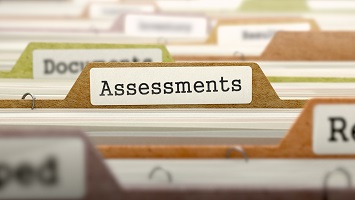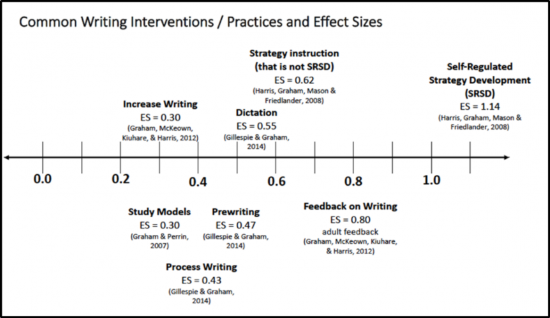 In the first few weeks of September, The New York Times reported on Judge’s Thomas G. Moukawsher’s critique of Connecticut schools. Judge Moukawsher’s decision was a response to a school funding lawsuit that claimed the state was shortchanging the poorest districts in his state. According to the articles, the judge spoke about the achievement gap due to inequities in how our schools are funded. He spoke about fifth graders in inner-city public schools who can read only at the kindergarten level, while students in nearby affluent neighborhoods are thriving.
In the first few weeks of September, The New York Times reported on Judge’s Thomas G. Moukawsher’s critique of Connecticut schools. Judge Moukawsher’s decision was a response to a school funding lawsuit that claimed the state was shortchanging the poorest districts in his state. According to the articles, the judge spoke about the achievement gap due to inequities in how our schools are funded. He spoke about fifth graders in inner-city public schools who can read only at the kindergarten level, while students in nearby affluent neighborhoods are thriving.
Judge Moukawasher also spoke about the teacher evaluation systems where teachers are given high scores regardless of how well their students are performing. He also questioned the special education system in Connecticut schools and the criteria for which students are found eligible for services. Not only was the report over 90 pages in length, but Connecticut was given only 180 days to come up with an improvement plan. One of the judge’s most notable quotes was: “Many of [Connecticut’s] most important policies are so befuddled or misdirected as to be irrational. They lack real and visible links to things known to meet children’s needs.”
Based upon the number of letters to the editor, the judge’s decision is extremely controversial. Apparently there is already talk that the state of Connecticut will appeal the Judge’s decision. Teacher unions are not happy with what the judge said about the teacher evaluation system and advocates for people with disabilities are upset by aspects of the ruling that suggest some students might be too impaired for educational services. Despite all the criticism, it is clear that many of our schools, not just the schools in Connecticut, have failed our neediest students. Much needs to be done….where to start?
Here’s an idea—read my colleague’s, Ann Narcisse’s, previous blog about the NYS Constitutional Convention…


 Data-Driven Decision-Making
Data-Driven Decision-Making  Increasing Post-School Success through Interagency Collaboration
Increasing Post-School Success through Interagency Collaboration  How Can We Improve Deeper Learning for Students with Disabilities?
How Can We Improve Deeper Learning for Students with Disabilities?  Positive Classroom Management: Creating an Environment for Learning
Positive Classroom Management: Creating an Environment for Learning  Self-Determination Skills Empower Students of All Ages
Self-Determination Skills Empower Students of All Ages  Fidelity of Implementation: What is it and Why does it Matter?
Fidelity of Implementation: What is it and Why does it Matter?  Rethinking Classroom Assessment
Rethinking Classroom Assessment  A Three-Step Approach to Identifying Developmentally Appropriate Practices
A Three-Step Approach to Identifying Developmentally Appropriate Practices  Transforming Evidence-Based Practices into Usable Innovations: A Case Study with SRSD
Transforming Evidence-Based Practices into Usable Innovations: A Case Study with SRSD